Social media blew up this week with the release of Headie One’s Only You Freestyle, featuring Drake. And more importantly, featuring Arabic speaking Drake. Here’s a recap of the line that gained so much traction: “Arabic ting tells me I look like Yusuf, look like Hamza. Habibti please, ana akeed, inti wa ana ahla,”
The Arabic language is rarely featured in mainstream hip hop music. So, for many young people this was the first time they saw even a glimmer of their own identity featured on ‘the big screen’. This might not have been the representation we needed, nor the appropriation we wanted, but it certainly got me thinking about cultural boundaries and the implications of presenting cultural identities through the wrong vehicles.
The pronunciation was questionable at best (my man sounded like he’d skipped a few DuoLingo reminders), but at least it was an attempt at actual Arabic words and not that nonsensical gibberish in 2009’s Arab Money. I, for one, am all for seeing the Arabic language represented in any light other than one that assumes we’re all terrorists or money grabbing oil merchants (yeah, I’m looking at you, Busta). We got better representation in those two bars from Drake than we have since Kanye said he was going to drop the next couple bars ‘in Islam’ in 2010 (Power Remix feat. Jay-Z & Swizz Beatz).
I love throwing the term cultural appropriation around any chance I get; we’ve been doing Ramadan way before Intermittent Fasting became a “trend”. But what exactly is cultural appropriation, and when does it apply? Cultural (mis)appropriation is the unacknowledged or unsuitable adoption of ideas, symbols, images, art, rituals, icons, behaviours, music, style, etc. of one people or society, by members of another, and typically more dominant, people or society.
It’s like telling a funny joke only to be ignored, and then the white kid next to you repeats the punchline and gets all the laughs.
Susan Al-Safadi on cultural appropriation
It’s a Caucasian model wearing a headscarf on the runways at Paris Fashion Week being celebrated, when a stone’s throw away, Muslim women are ostracised for choosing to wear a hijab in the same city. Often, the people whose culture is being appropriated have in fact been systemically oppressed by the people appropriating the culture. Marginalised groups tend to have no say on the matter, given that they are not the dominant social group, and that in turn allows for the continued trivialisation of important history and identity. The Man continues to profit off the backs of the very people whose culture he’s stealing.
Misuse and uninformed adoption of the kufiya, for example, is an issue close to my heart. Remember in the 2000s when hipsters were swarming Camden buying different coloured kufiyas with no idea of its history, origin or symbolism? Remember when Topshop took the kufiya and made it into a ‘scarf playsuit’ so basic chicks could get ‘festival ready’? Yet Middle Easterns, the owners and creators of the kufiya, would be berated and even attacked, labelled terrorists, for wearing it. So how do we differentiate between embracing and celebrating cultural symbols to display solidarity, and the exploitation of said culture? It’s all about education and context. For example, respecting cultural boundaries doesn’t mean you can never have Middle Eastern food again; it means don’t take our hummus, bastardise it, then call it chocolate chickpea dip. That’s hummus bro. And whilst we’re here, leave it alone because it’s perfect as it is.
We all need to be more informed on cultural sensitivities and respect what the ‘part’ represents of the ‘whole’. You’ve got to love, respect, engage with and support the people as much as the culture you’re so quick to love and adopt.
Susan Al-Safadi on Cultural Appreciation
You wanna wear a kufiya? Go learn of its origins and meaning across the Middle East, then use it to bring attention to the oppression and history it symbolises.
Going back to Drake, it wasn’t the worst presentation for Arabs, but that’s just it; it was presentation, not representation. Drake is not Arab nor is he an Arabic speaker. If the Arabic is so important to the art, get Arabs on board. Acknowledge and credit them for their work. The reason for gross underrepresentation of ethnic minorities in these industries is not for a lack of talent e.g. I loved the remake of Aladdin; what I didn’t buy was their inability to cast Arab actors to play Arab characters in a movie set in a fictional Arab city, where the characters speak, you guessed it, Arabic. And the same goes for marginalised social groups – we really could talk about this all day.
Just because Beyonce dons a sari doesn’t mean we suddenly have an Indian girl out there representing in a Coldplay video. Just because Lindsay Lohan wears a headscarf, doesn’t mean we suddenly have adequate hijabi representation. Just because Trump dons an orange face, doesn’t mean the Oompa Loompas are getting their fair representation.
With that, #StayWoke and #HireMoreArabs
by Susan Al-Safadi
@susanalsafizzle

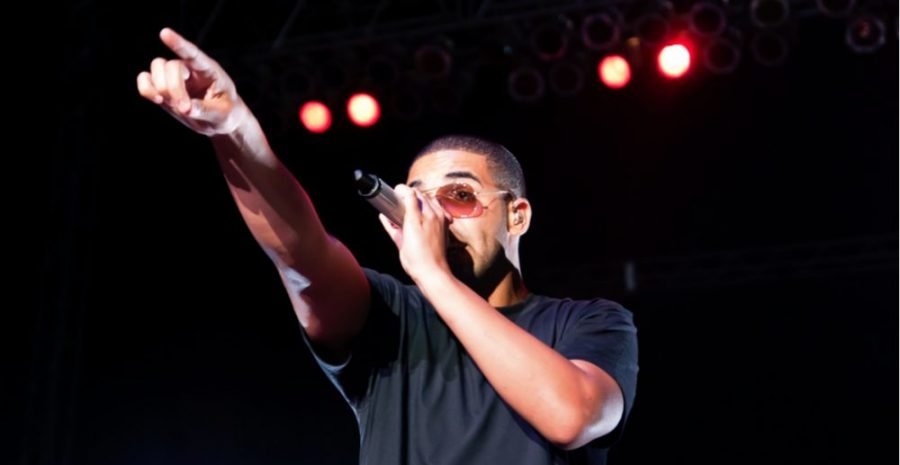


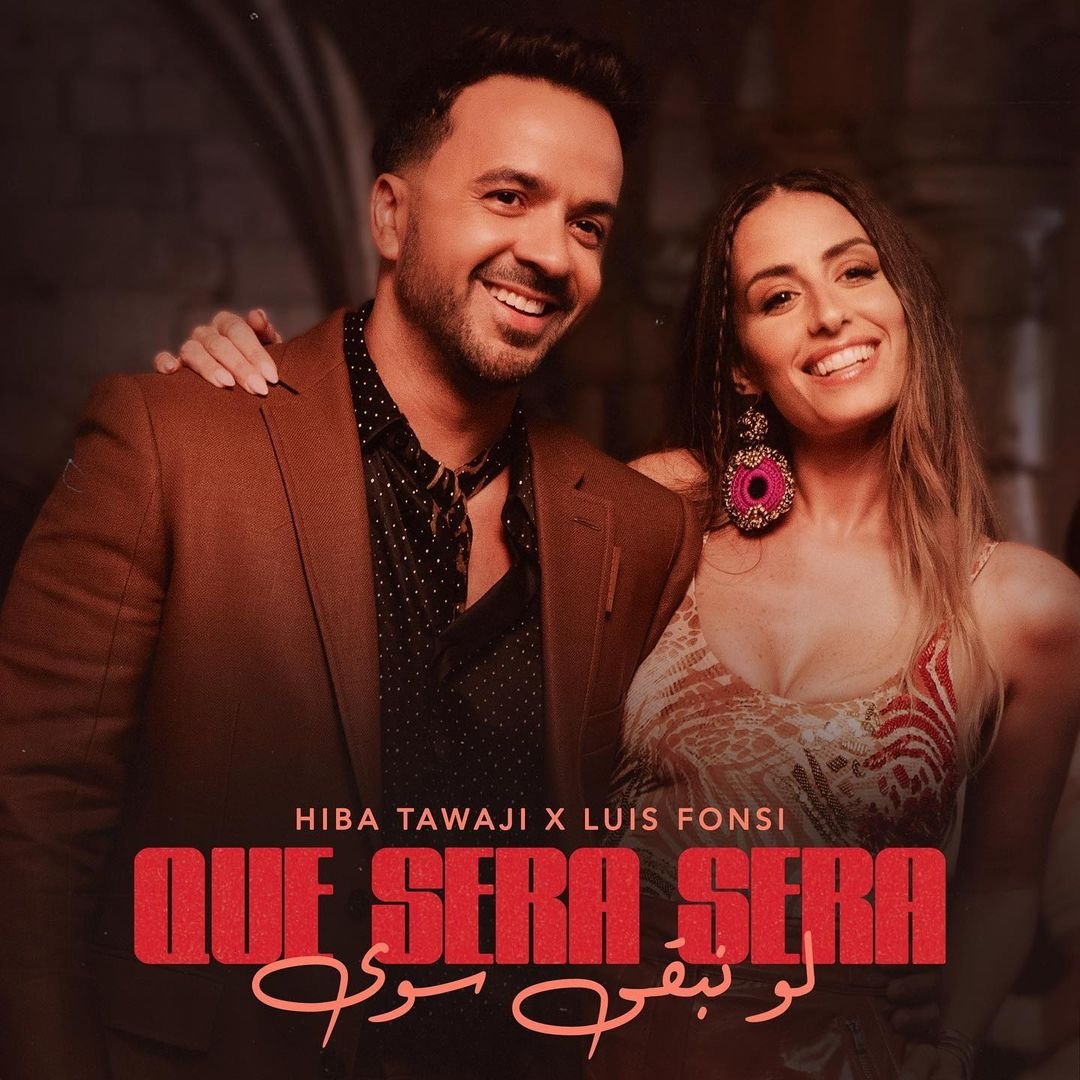
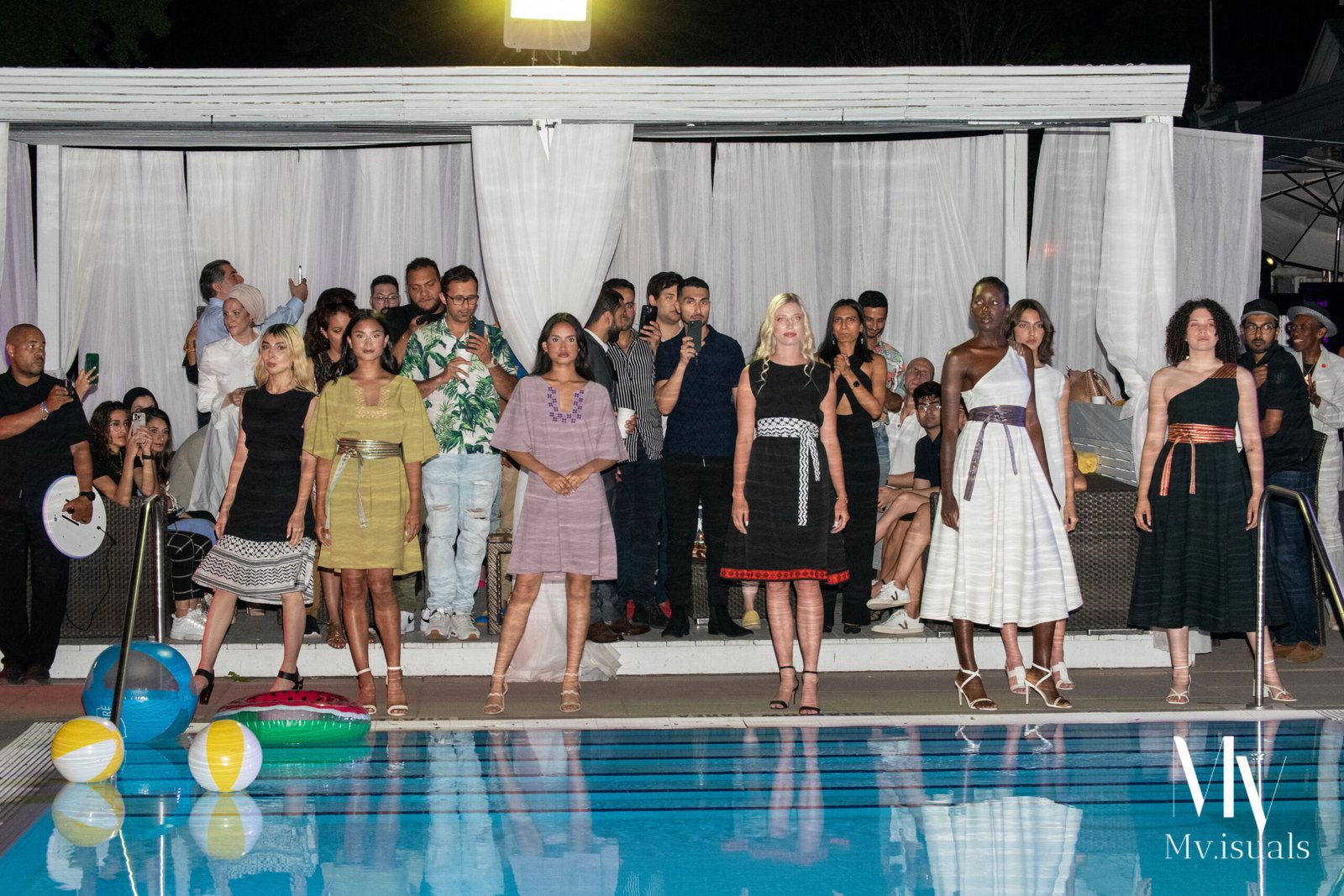
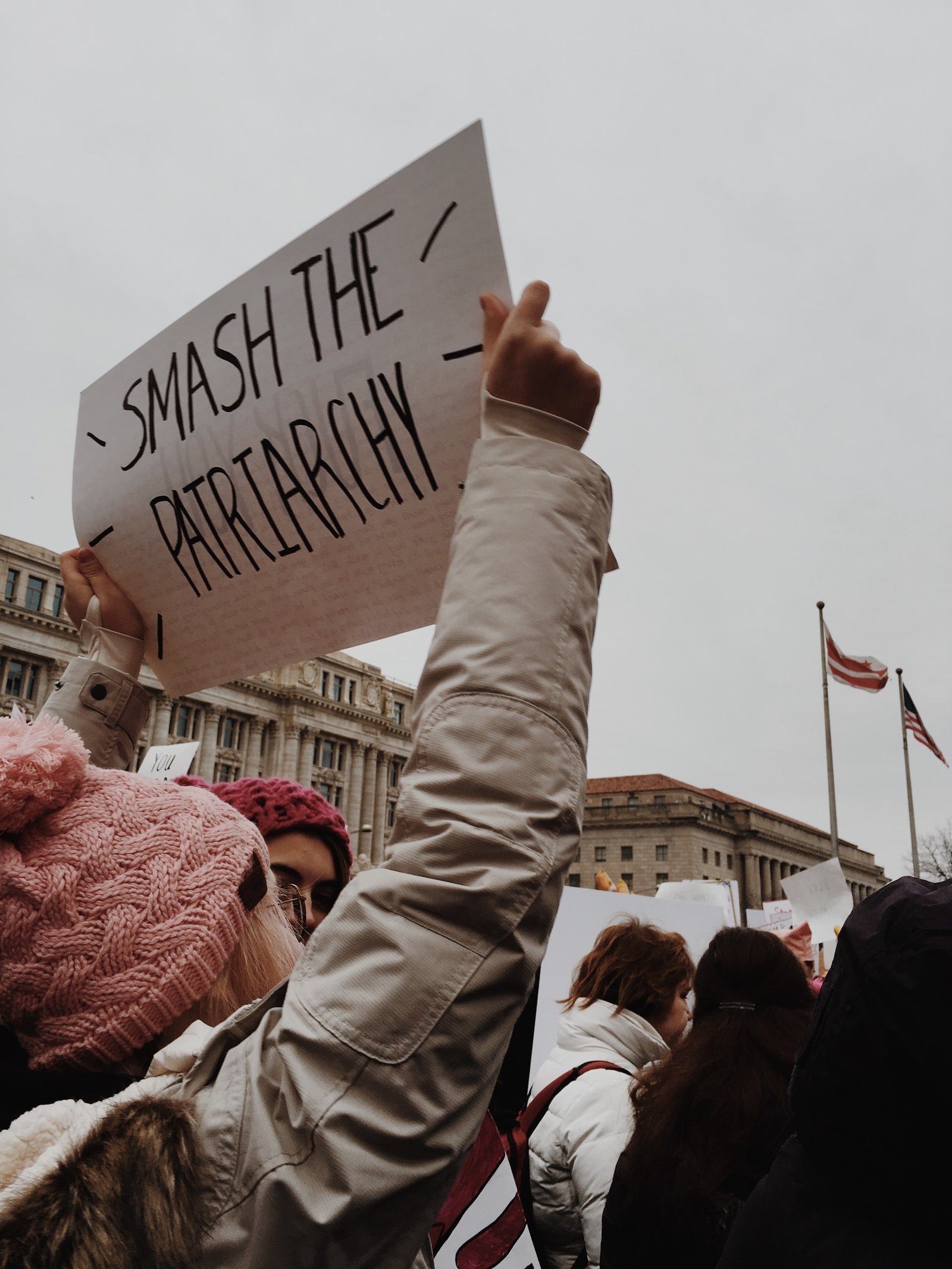
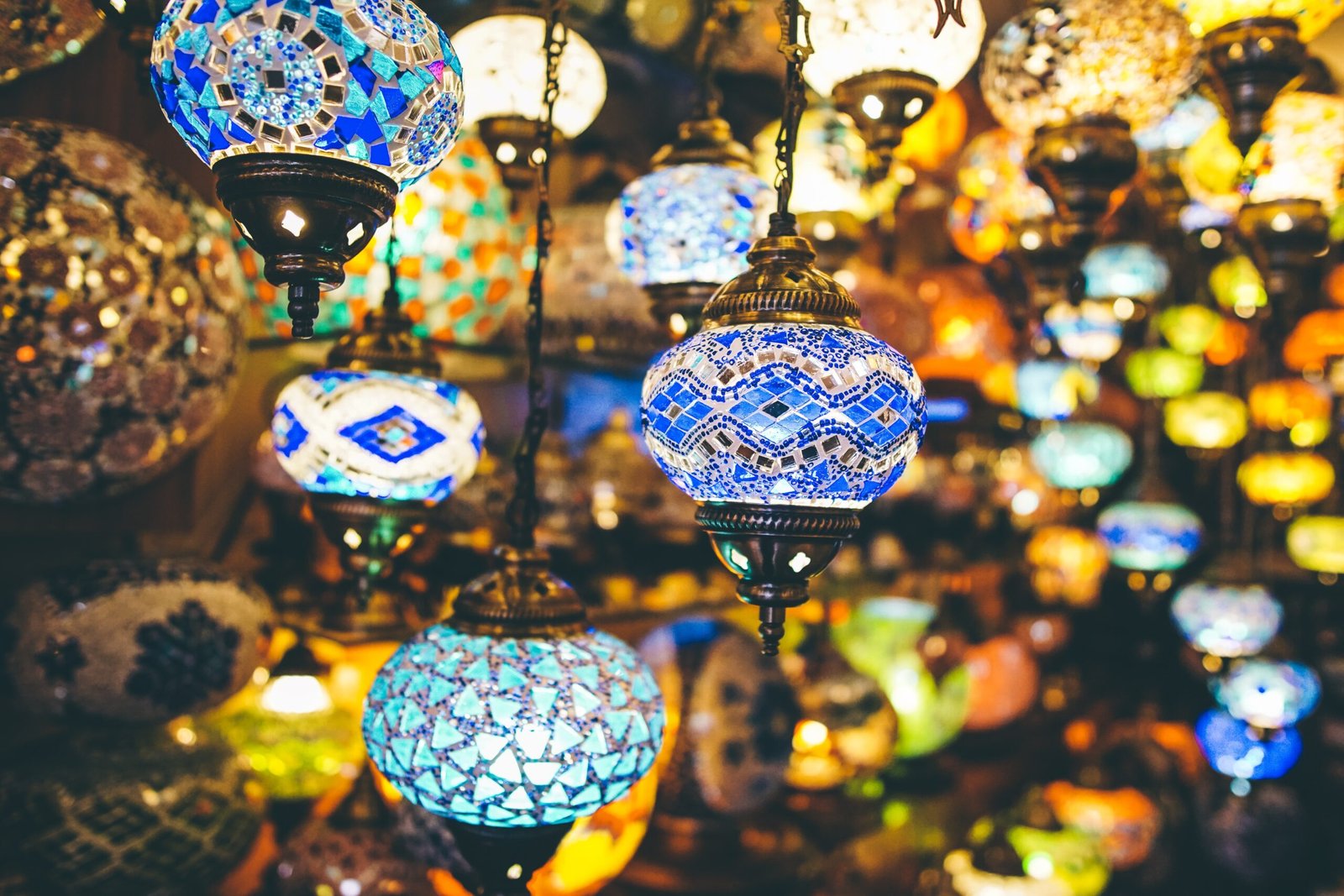
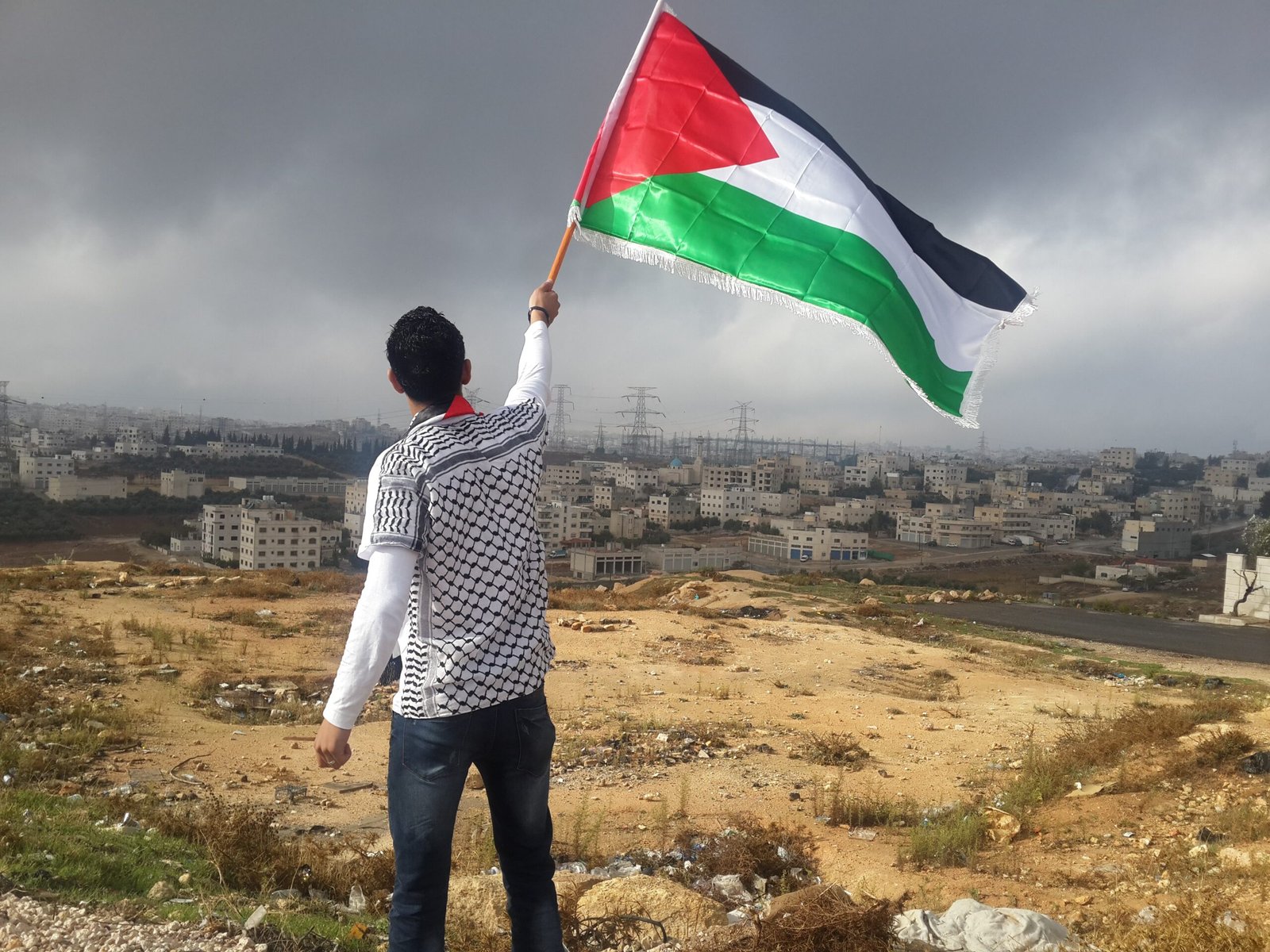
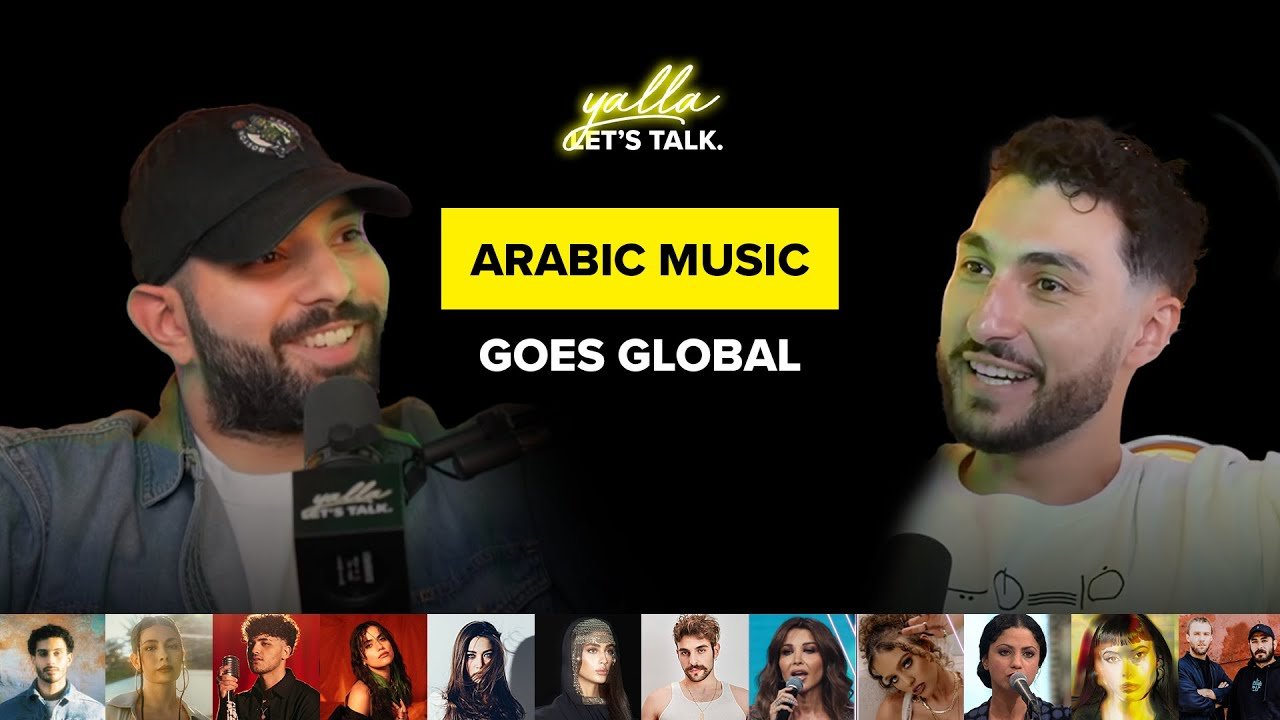





3 Responses
Susan I love your blogs!! This was HILARIOUS. Keep entertaining us 😬😬
My brother recommended I may like this website. He used to be entirely right.
This submit truly made my day. You can not imagine simply how much time
I had spent for this info! Thank you!
AsA, There are millions of “Caucasian Muslims” wearing hijab for their faith- Islam does not have a race or ethnicity requirement. No one has superiority over the other in Islam.